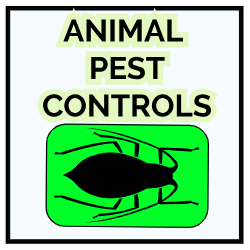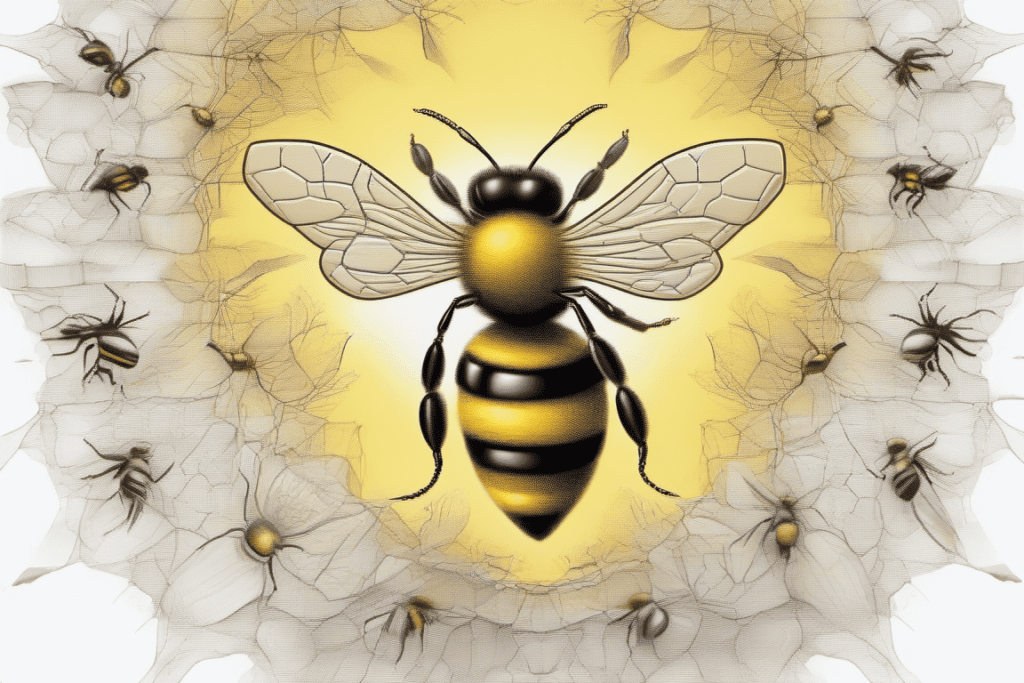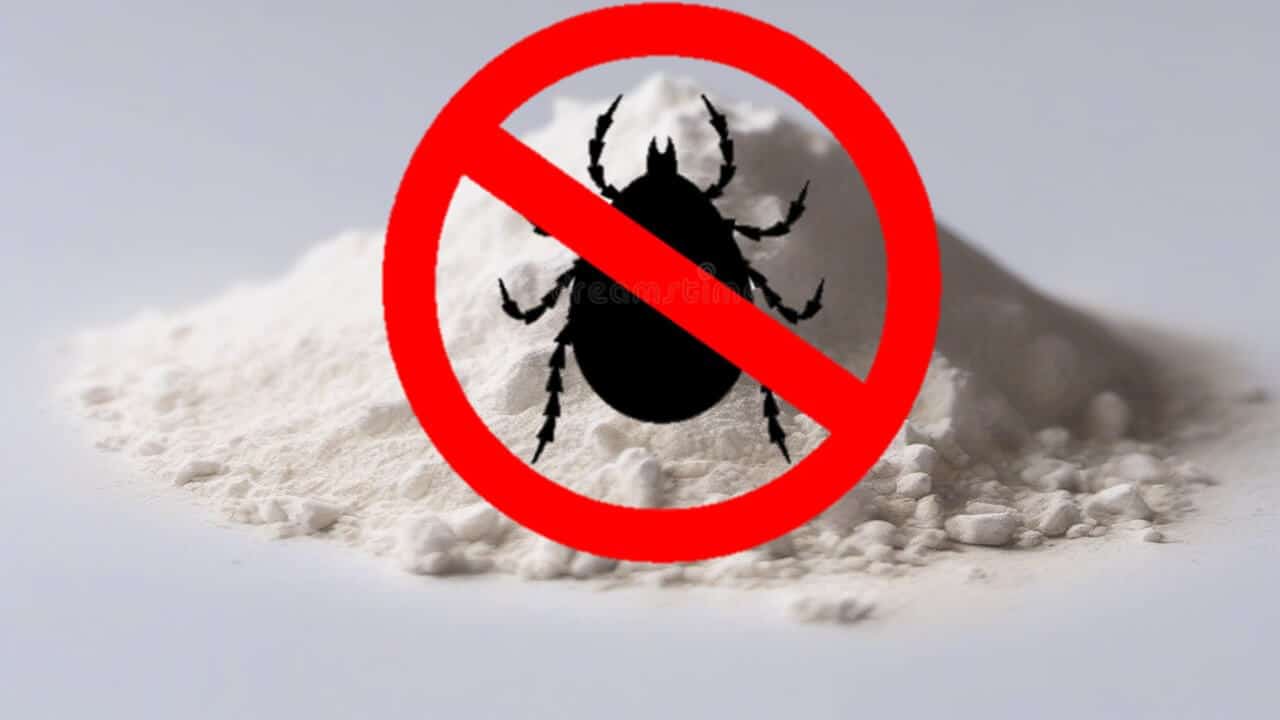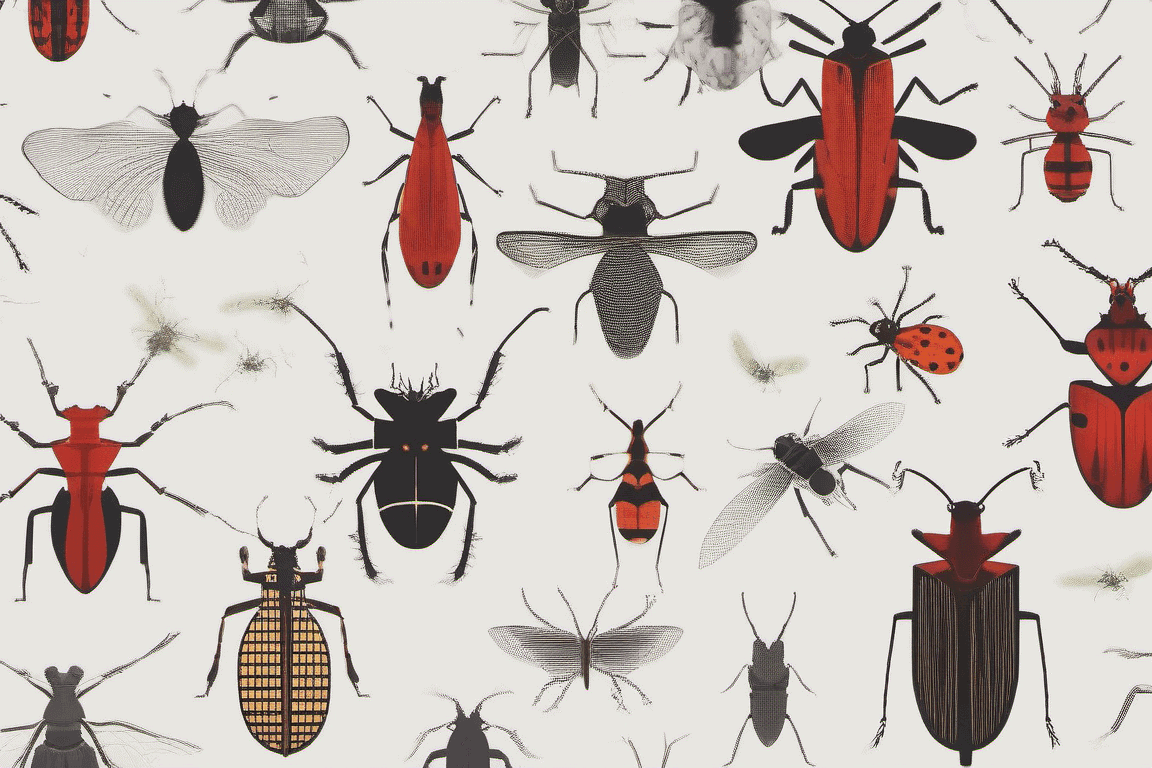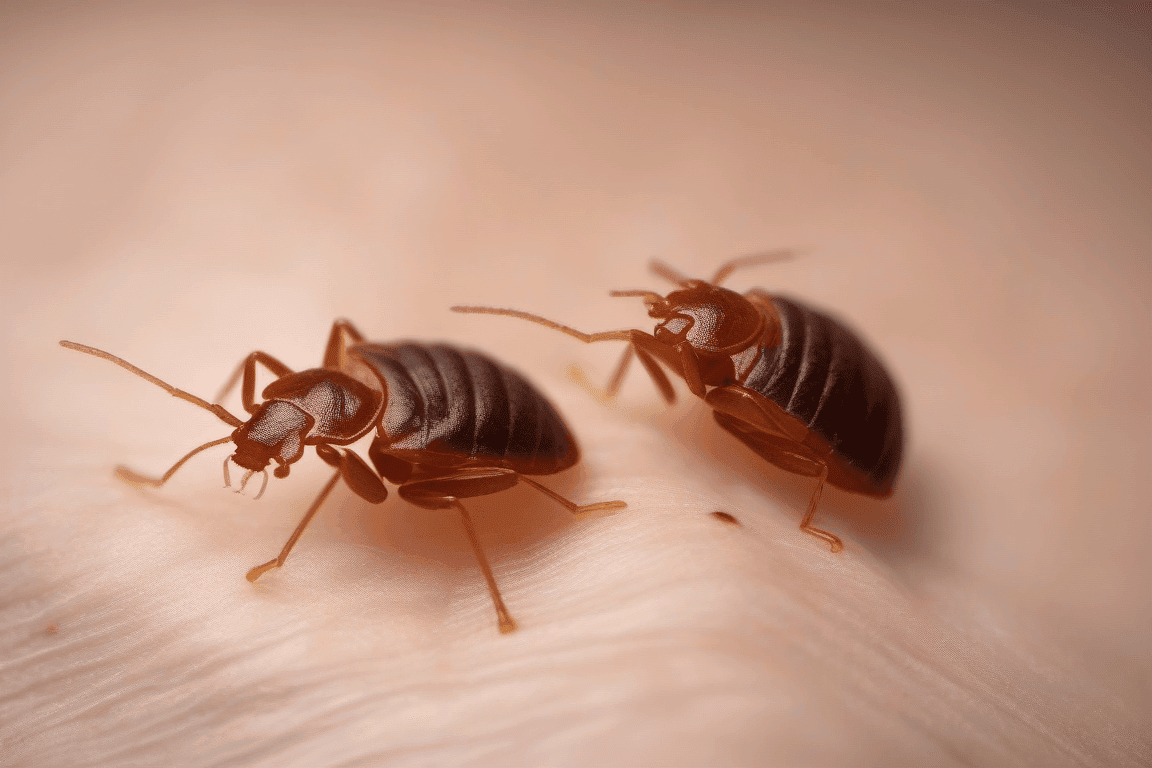If you get stung by a bee, don’t panic! There are plenty of home remedies that can help soothe the sting and reduce the swelling. This varticle will show you some of the most effective methods for treating bee stings. Read now to learn more!
Table of Contents
What are Bee Stings?
Bites from bees, wasps, and hornets can be painful. They usually occur when the insect stings a person or animal to try to defend itself. The venom of these insects is what causes pain, swelling, and redness.
It can also cause mild to severe allergic reactions in some people. In rare cases, a person may be allergic to the venom of these insects. According to the research, exposure to bee venom may cause skin rashes, hives and swelling, headaches, breathing difficulties, fever, and chills.
However, the severity of these reactions depends on the individual.
How Can I Treat a Bee Sting?
There are several ways to treat bee stings. Bee stings are best treated by removing the venom and keeping the area clean and covered with bandages. Once the initial pain reaction subsides, it can be treated with home remedies.
What are the Home Remedies for Bee Stings?
1. Baking Soda
Baking soda is an excellent home remedy for bee stings. It neutralizes the venom of bees and other nasty insects.
Mix 1 teaspoon of baking soda in a glass of lukewarm water and apply it to the affected area. Do this for 30 minutes. Repeat this twice a day until the sting starts to fade away.
It will be more effective if you repeat this remedy daily.
2. Honey
Honey is a natural remedy for bee stings, and you can apply it directly to the wound.
It will also help to relieve pain and itching. Mix one tablespoon of honey in one cup of water and apply it to the sting area.
Do this for 20 minutes. Repeat this remedy once a day until you see the swelling subside.
3. Lemon Juice
Lemon juice is a common home remedy for any skin irritation, and in this case, you can use lemon juice to treat bee stings. It can be used in a few ways to relieve the pain and inflammation of a bee sting. First, you can rub the lemon juice on the affected area.
You can also cut the lemon into slices and rub it on the affected area, slice the lemon into thin strips, dip them in water, and then apply it to the sting. You can also mix the lemon juice with honey and apply it to the affected area.
These will reduce the pain and inflammation and speed up the healing process.
4. Papaya
Papaya is a fruit that has been used for centuries for its medicinal properties, especially for treating skin problems.
The fruit contains enzymes capable of dissolving the stingers and reducing any inflammation in the affected area. Take a ripe papaya and cut it into small pieces to apply papaya.
You can then use the pieces to the affected area. You can also slice the papaya and put it into a freezer for about 15 minutes. When ready, press the slices against the affected area as this will cause them to release enzymes that will help in relieving the pain.
5. Turmeric
As a spice, turmeric is known for its anti-inflammatory properties. It has also been used to treat psoriasis and eczema because of its anti-inflammatory properties.
You can apply turmeric to the affected area by mixing it with water and applying it to the skin. You can also make a turmeric paste and apply it to the affected area for faster results.
Avoid using too much, as it can cause a burning sensation.
6. Coconut Oil
Another home remedy to treat bee stings is coconut oil. It is a common home remedy for many skin conditions. Coconut oil soothes the pain and itching caused by bee stings.
Coconut oil can be applied to the affected area for about 15 minutes. It is best to use it in a thin layer and not too close to the sting.
The best way to do this is by applying some coconut oil to the affected area and wrapping it in a bandage. To prevent allergic reactions, use only pure coconut oil.
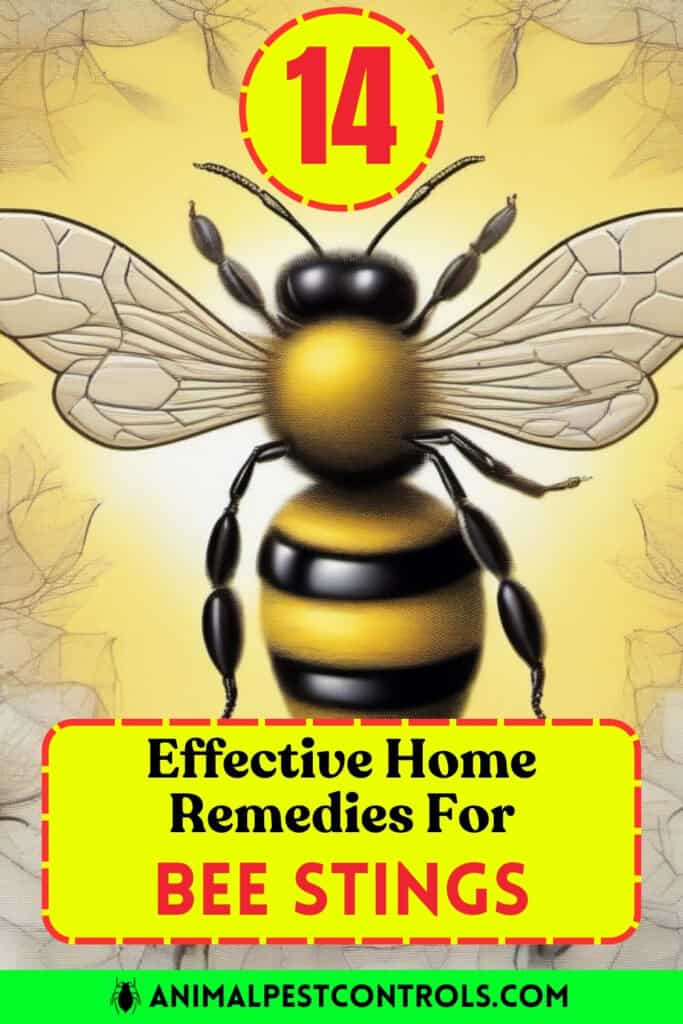
7. Ginger
This herb has both antibacterial and anti-inflammatory properties. It can be used to relieve pain and swelling. It has been used for centuries to treat various ailments, including inflammation and pain.
The most common way of taking ginger is to drink it as tea. It can also be taken in pill form or rubbed on the skin.
The best way to use ginger for bee stings is to mix it with honey and apply it to the affected area. As ginger has anti-inflammatory properties, it can help reduce pain.
Honey can help reduce the swelling and provide soothing relief. You should mix 1 part of ginger powder with three parts of honey to make a paste.
You can then apply it to the stung area and leave it on for about 15 minutes. After that, wash it off with cool water.
8. Garlic
This spice has been used for thousands of years to treat several diseases. It has antibacterial and antiviral properties, which can be used to fight bacterial infections and viruses.
Garlic can also help in treating inflammation and pain. Crush a clove and gently rub on the affected area to apply garlic. You can also mix crushed garlic with olive oil and apply it to the affected area.
9. Apple Cider Vinegar
Apple cider vinegar is one of the best home remedies for bee stings and other insect bites. It has anti-inflammatory properties, which can relieve pain and swelling.
It also has an antibiotic effect that kills microorganisms, speeding up the healing process.
Apply this home remedy by mixing 1-2 tablespoons of apple cider vinegar with a cup of water and then dabbing the area with this mixture.
10. Olive Oil
Olive oil also works as a home remedy for bee stings. It helps to reduce pain and also lowers the chances of infection in affected areas. Mix a few drops of olive oil with one teaspoon of glycerin and apply it to the affected area.
11. Tea Tree Oil
This oil is extracted from the Australian rainforest and is used for treating a wide variety of skin problems, including eczema, psoriasis, acne, and even burns.
It can also be used to treat insect bites. Apply the oil to the affected area and leave it on for at least 15 minutes.
12. Aloe Vera Juice
Aloe is a succulent plant that grows in Africa, Asia, and the Americas. It is also used to treat burns, skin rashes, and sunburns.
Apply aloe leaves to the affected area; this will help soothe the pain and prevent further damage.
13. Onion Juice
This spice is one of the oldest known natural remedies for bee stings. It has been used for centuries to treat wounds and skin inflammations.
It contains sulfur compounds that can help in healing and soothing. Mix onion juice with a bit of honey and apply it to the affected area.
14. Ice Pack
The ice pack is effective in the bee sting treatment. Put the ice pack on the affected area for 20 to 30 minutes, and if you want to stop the pain, take it off after five minutes.
Conclusion
A bee sting is painful, and it may hurt you because of the stinging pain that can last for a long time. However, with the help of these home remedies, your problem will be solved quickly.
